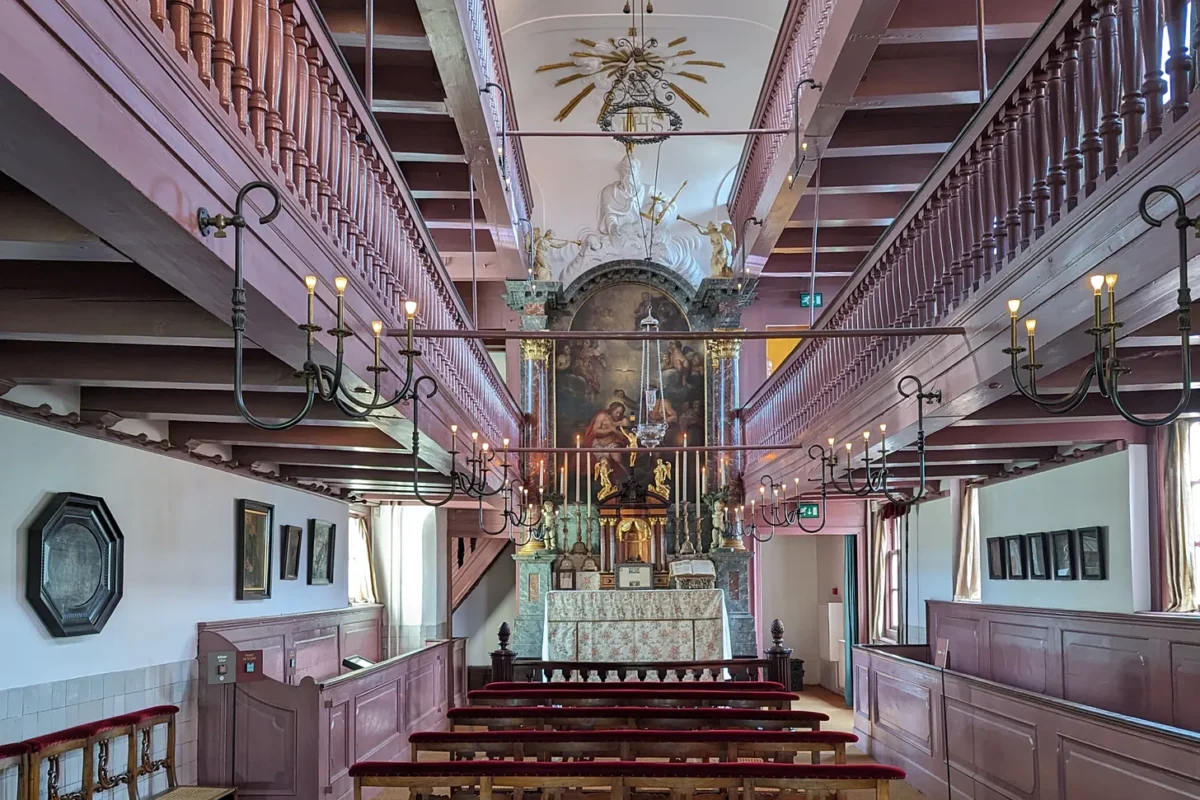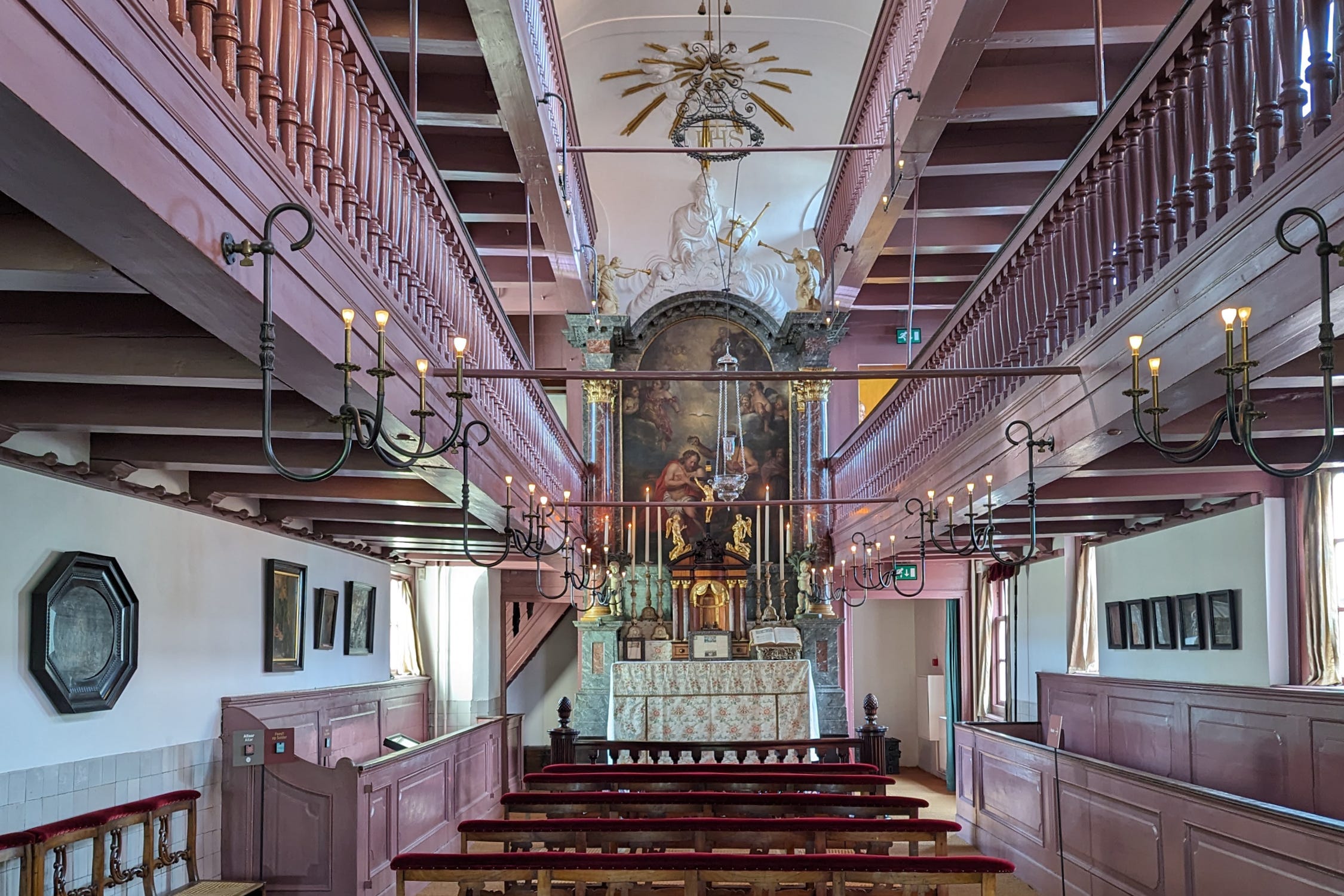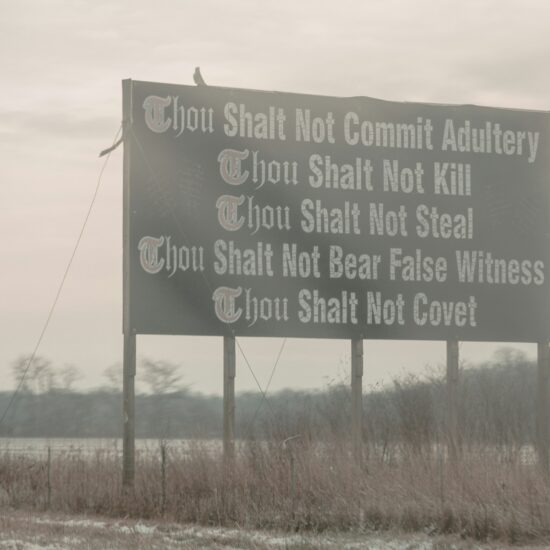
During a visit to Amsterdam last month, I visited a hidden Catholic church. Well, it used to be a church but still remains hidden from view on the street.
Our Lord in the Attic (or Ons’ Lieve Heer op Solder in Dutch) was built in the early 1660s during a time when the Dutch Reformed Church didn’t allow Catholics and other religious dissenters to worship openly. But unlike most of Europe at the time which completely banned and persecuted those of different religious beliefs other than the official Protestant or Catholic state church, Amsterdam provided a bit of tolerance. People could still worship, just so long as they didn’t do it in public or even in a building that looked like a church. The officials allowed people to do whatever they wanted inside their homes, but didn’t actually provide religious freedom in the public square.

Our Lord in the Attic in Amsterdam, Netherlands. (Brian Kaylor/Word&Way)
A wealthy Catholic merchant in Amsterdam, Jan Hartman, turned the upper three floors of his canal house into a schuilkerk (or “clandestine church”). Merchants would often store products in the upper levels of their houses, but Hartman bought an adjacent building for his storehouse, allowing him to create this space for his religious community. He had to cut through the floors to create two levels of balconies so more people could attend and so the large, sacred artwork typical in cathedrals could fit. Dozens of such hidden Catholic churches once existed, but this is the best intact example today. The church even had a priest who also lived in the building in which he celebrated Mass and heard confessions.
Other religious communities similarly worshiped away from public view, like Singelkerk — a Mennonite church that started in 1607 and built a house-like building in 1639. The congregants still worship there in what looks like a canal house, other than the fact they now can post signs outside advertising themselves as a Mennonite church. This relative religious freedom compared to the rest of Europe attracted persecuted groups like the Mennonites and some English separatists who interacted with the Mennonite congregation and nearby held the baptism service for what became the first Baptist church (in the world).

The rest of this piece is only available to paid subscribers of the Word&Way e-newsletter A Public Witness. Subscribe today to read this essay and all previous issues, and receive future ones in your inbox.






